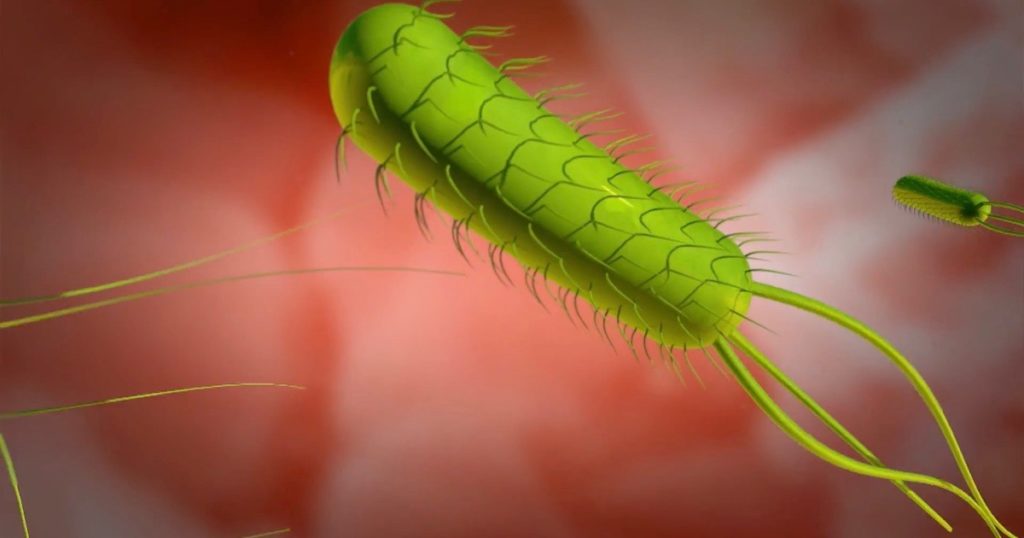William Dembski reviews Jason Rosenhouse’s new book, The Failures of Mathematical Anti-Evolutionism (Cambridge University Press).

Unfortunately for Darwinists, irreducible complexity raises real doubts about Darwinism in people’s minds. Something must be done. Rising to the challenge, Darwinists are doing what must be done to control the damage. Take the bacterial flagellum, the poster child of irreducibly complex biochemical machines. Whatever biologists may have thought of its ultimate origins, they tended to regard it with awe. Harvard’s Howard Berg, who discovered that flagellar filaments rotate to propel bacteria through their watery environments, would in public lectures refer to the flagellum as “the most efficient machine in the universe.”
Why “Machines”?
In 1998, writing for a special issue of Cell, the National Academy of Sciences president at the time, Bruce Alberts, remarked:
We have always underestimated cells… The entire cell can be viewed as a factory that contains an elaborate network of interlocking assembly lines, each of which is composed of a set of large protein machines… Why do we call the large protein assemblies that underlie cell function protein machines? Precisely because, like machines invented by humans to deal efficiently with the macroscopic world, these protein assemblies contain highly coordinated moving parts. [Emphasis in the original.]
A few years later, in 2003, Adam Watkins, introducing a special issue on nanomachines for BioEssays, wrote:
The articles included in this issue demonstrate some striking parallels between artifactual and biological/molecular machines. In the first place, molecular machines, like man-made machines, perform highly specific functions. Second, the macromolecular machine complexes feature multiple parts that interact in distinct and precise ways, with defined inputs and outputs. Third, many of these machines have parts that can be used in other molecular machines (at least, with slight modification), comparable to the interchangeable parts of artificial machines. Finally, and not least, they have the cardinal attribute of machines: they all convert energy into some form of ‘work’.
Neither of these special issues offered detailed step-by-step Darwinian pathways for how these machine-like biological systems might have evolved, but they did talk up their design characteristics. I belabor these systems and the special treatment they received in these journals because none of the mystery surrounding their origin has in the intervening years been dispelled. Nonetheless, the admiration that they used to inspire has diminished.
The shift in tone from then to now is remarkable. What happened to the awe these systems used to inspire? Have investigators really learned so much in the intervening years to say, with any confidence, that these systems are indeed over-engineered? To say that something is over-engineered is to say that it could be simplified without loss of function (like a Rube Goldberg device). And what justifies that claim here? Have scientists invented simpler systems that in all potential environments perform as well as or better than the systems in question? Are they able to go into existing flagellar systems, for instance, and swap out the over-engineered parts with these more efficient (sub)systems? Have they in the intervening years gained any real insight into the step-by-step evolution of these systems? Or are they merely engaged in rhetoric to make flagellar motors seem less impressive and thus less plausibly the product of design? To pose these questions is to answer them.
Read more at Evolution News.